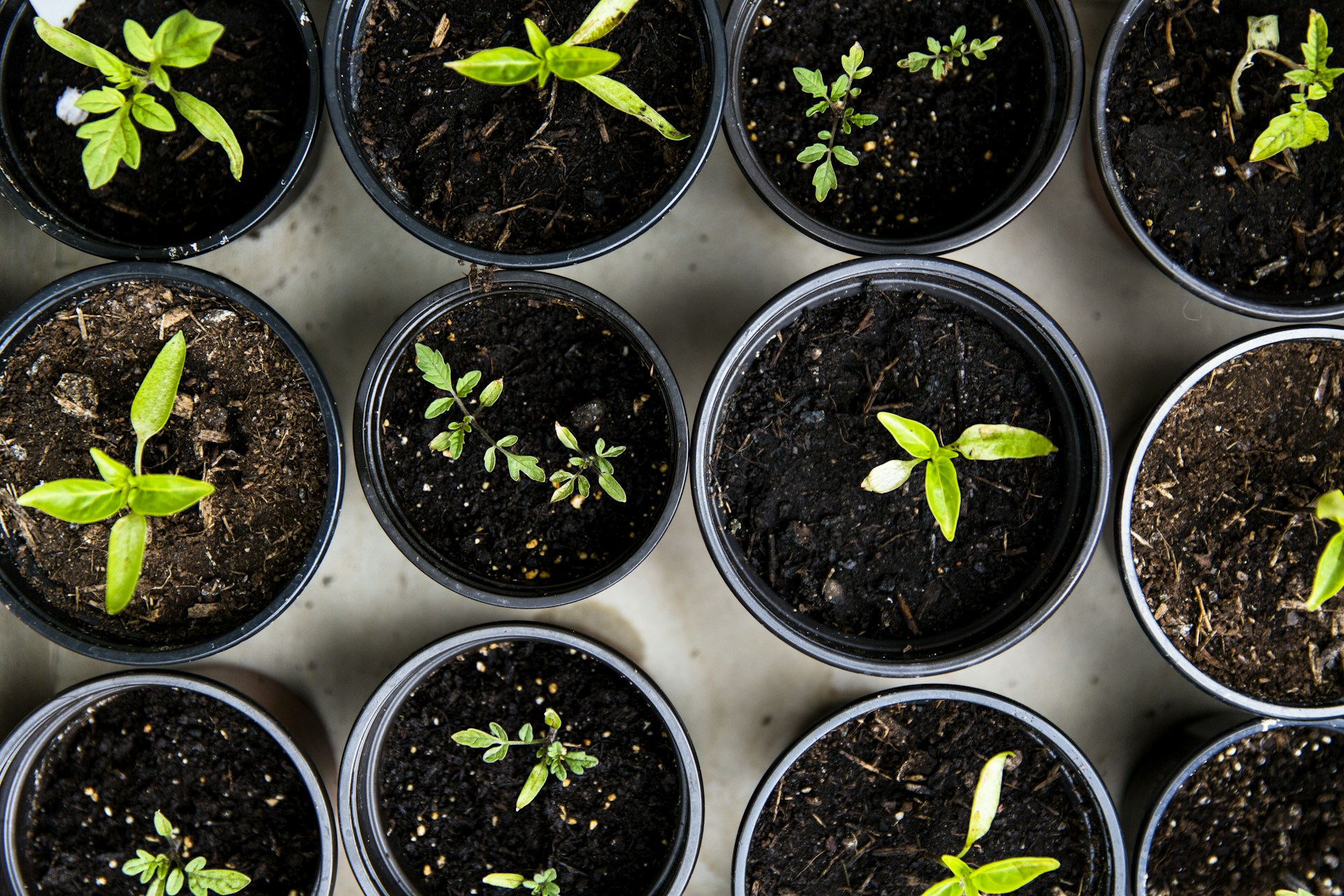
Starting a Kitchen Herb Garden Indoors
Learn how to grow herbs indoors with this beginner-friendly guide. Discover the best herbs for windowsill gardens, essential supplies, and simple care tips to start your own kitchen herb garden at home.
KITCHEN& INDOOR HERB GARDEN
P + P
6/27/20253 min read


Starting a Kitchen Herb Garden Indoors
A beginner’s guide to growing herbs like basil, parsley, and thyme on your windowsill.
Disclosure: As an Amazon Associate, I earn from qualifying purchases. Some of the links in this post may be affiliate links, which means I may earn a small commission at no extra cost to you.
There’s something deeply satisfying about snipping fresh basil for pasta or adding homegrown parsley to your salad—all without stepping outside. Starting a kitchen herb garden indoors is not only easy and affordable, it’s also a beautiful way to bring greenery, flavor, and fragrance into your home year-round.
Whether you live in a house with limited outdoor space or an apartment with just a sunny window, this guide will walk you through how to grow your own herbs indoors, even if you’re a total beginner.
🌱 Why Grow Herbs Indoors?
Indoor herb gardens are practical, charming, and perfect for small-space living. Here’s why they’re worth trying:
Fresh flavor at your fingertips
Saves money on store-bought herbs that often go bad too quickly
Adds greenery to your kitchen décor
Offers an easy introduction to edible gardening
Can be grown year-round with the right conditions
☀️ What Herbs Grow Well Indoors?
These herbs are beginner-friendly, compact, and thrive in containers:
✅ Best Indoor Herbs:
Basil – A warm-weather favorite; perfect for Italian dishes
Parsley – Flat-leaf or curly; adds bright flavor and color
Thyme – Hardy, aromatic, and perfect for savory dishes
Mint – Fast-growing and fragrant (keep it in its own pot!)
Chives – Easy to grow and great for eggs, soups, and dips
Oregano – A Mediterranean herb that thrives in warmth
Cilantro – Quick to grow, though it prefers cooler temps
Rosemary – Woody and fragrant, though it can be slower-growing indoors
🌿 Tip: Start with 3–5 herbs you use most often in your cooking.
🪴 What You’ll Need to Get Started
You don’t need much to begin—just a few supplies and a little sunlight.
Basic Supplies:
Small pots with drainage holes
VIVOSUN Self watering pots are awesome https://amzn.to/44mv9nz
Potting mix (look for organic or herb-specific blends)
When using containers, FOX Farms Ocean forrest is our #1 https://amzn.to/3IhOtL8
Herb seeds or starter plants
A tray or saucer to catch excess water
A sunny windowsill (south or west-facing is best)
Optional: Grow light for low-light spaces or winter months
Gooing Top Grow light is perfect for the counter or island. https://amzn.to/44oLKas
🌞 Light, Water & Care Tips
1. Light Requirements
Most herbs need 6–8 hours of sunlight per day. Place them on a sunny sill or under a full-spectrum grow light. We find even with decent light our plants are much happier with some supplemental light. Sometimes the filtered light is not enough especially if you don't have a south facing window in your kitchen.
2. Watering
Water when the top inch of soil feels dry. Don’t let herbs sit in water—overwatering is a common mistake.
Basil likes consistent moisture
Rosemary prefers to dry out a bit between waterings
Mint loves water but still needs good drainage
3. Pruning & Harvesting
Snip herbs regularly to encourage growth. Always cut just above a leaf pair and avoid harvesting more than ⅓ of the plant at a time.
🌿 Bonus: Frequent trimming keeps your herbs compact and prevents them from going to seed too early.
🧺 Fun Ways to Display Your Herb Garden
Terracotta pots for rustic charm
Hanging planters for small kitchens
Mason jars or teacups (just add drainage pebbles)
Wall-mounted shelves near a window
Windowsill herb boxes for a tidy, cohesive look
You can even label your herbs with chalkboard markers or vintage tags for extra character.
🌼 Troubleshooting Common Problems
Leggy growth? Not enough light—move to a brighter spot or use a grow light
Yellowing leaves? Likely overwatering or poor drainage
No growth? Check soil quality and make sure your herbs aren’t rootbound
Pests indoors? Try neem oil spray or gently rinse leaves under water
Final Thoughts
Starting a kitchen herb garden indoors is a simple, rewarding way to bring freshness into your everyday life. With a sunny windowsill, a few pots, and a little care, you’ll be harvesting your own herbs in no time—no garden bed required.
Whether you’re adding basil to your bruschetta or rosemary to your roasted potatoes, these little plants pack a powerful punch of flavor, fragrance, and satisfaction.
